December Walking Tour – This Brutal Garden
Why do soft beings make such hard things? As the plants of the Gardens seasonally senesce, and the colorful foliage of autumn is replaced by the stark, skeletal, lignified forms of winter, the built environment that contains and defines our world is revealed. As the veil of buffering flora is removed, we can see that the Gardens is home to some of the hardest examples of architectural design that humans have yet created: Brutalism.
As a form of architecture, Brutalism came to prominence in the late 1940s and early 1950s during postwar-era reconstruction projects of Europe and the United Kingdom, but quickly spread throughout the world. Some of the hallmark features of Brutalism are:
- Materiality: using raw, rough or lightly finished materials, particularly concrete
- Massive forms and unusual shapes: mass, weight and scale create drama on a huge level
- Expression of structure: creating a memorable and powerful image
These monumental, harsh, immortal structures seem to attract change. Far from being incompatible with softer, more fluid places, they are highly complementary to dynamic gardens. The buildings have an almost quieting, organizing and controlling effect that lets nearby gardens be even wilder. In fact, a style of Brutalism, called Eco-brutalism, celebrates the merging of the heavy forms of Brutalist buildings with the organic beauty of plants and the natural environment.
Thanks in part to the Eco-brutalist movement, many public gardens have Brutalist structures, embracing the beauty in contrasting forms. Possibly the most famous merging of gardens and Brutalist architecture is the Barbican Centre in London, but Denver Botanic Gardens also has several compelling Brutalist features and details:
- The Boettcher Memorial Tropical Conservatory is the only cast concrete conservatory in the United States. This vaulted, breathtaking structure gives us a true sense of the impact of tropical Eco-brutalism without traveling to South America.
- The Boettcher Memorial Center and Gates Garden Court have a number of extraordinary details both inside and out. Outside, the wondrous tulip light lamp posts invitingly arch over the pathways. Inside, you’re welcomed by a seemingly floating concrete grid, reminiscent of the Washington Metro. Look closely and you’ll notice a stemmed floral pattern that is repeated in concrete, wood, metal and stained glass throughout the complex.
- The Four Towers Pool on the south side of the Science Pyramid is a marvel, featuring a recirculating fountain, which acts as the headwaters for all interconnected ponds at the Gardens.
- The concrete waterfall between Le Potager and Shofu-en Japanese Garden is one of the most serene and secret moments at York Street. Mindfully approach the railing and spend some time immersed in the sound and movement of this shrouded corner.
- Details and studies of materiality can be found throughout the campus. Look with intention and you’ll notice subtle differences in the hues or aggregate compositions of the concrete used over the decades, the textures left behind by wooden forms during pours, and the monumental uses of rough stone to contrast with smoother cement. One of my favorite details is the pick-hammered concrete on the retaining wall of the berm that separates the Annuals Garden from the Sacred Earth garden.
For additional insight into the present and past Brutalist and Midcentury Modern architectural elements at York Street, explore this additional self-guided tour resource.
Photos by Kevin Philip Williams
Gallery
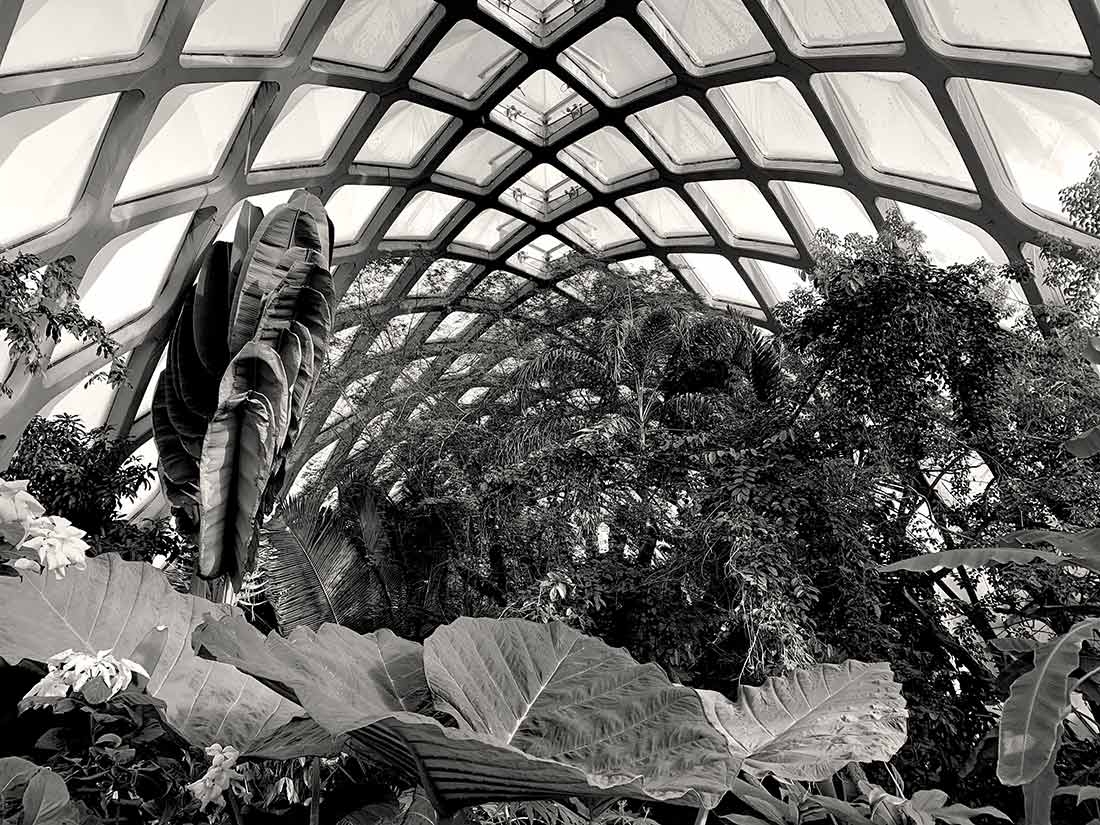
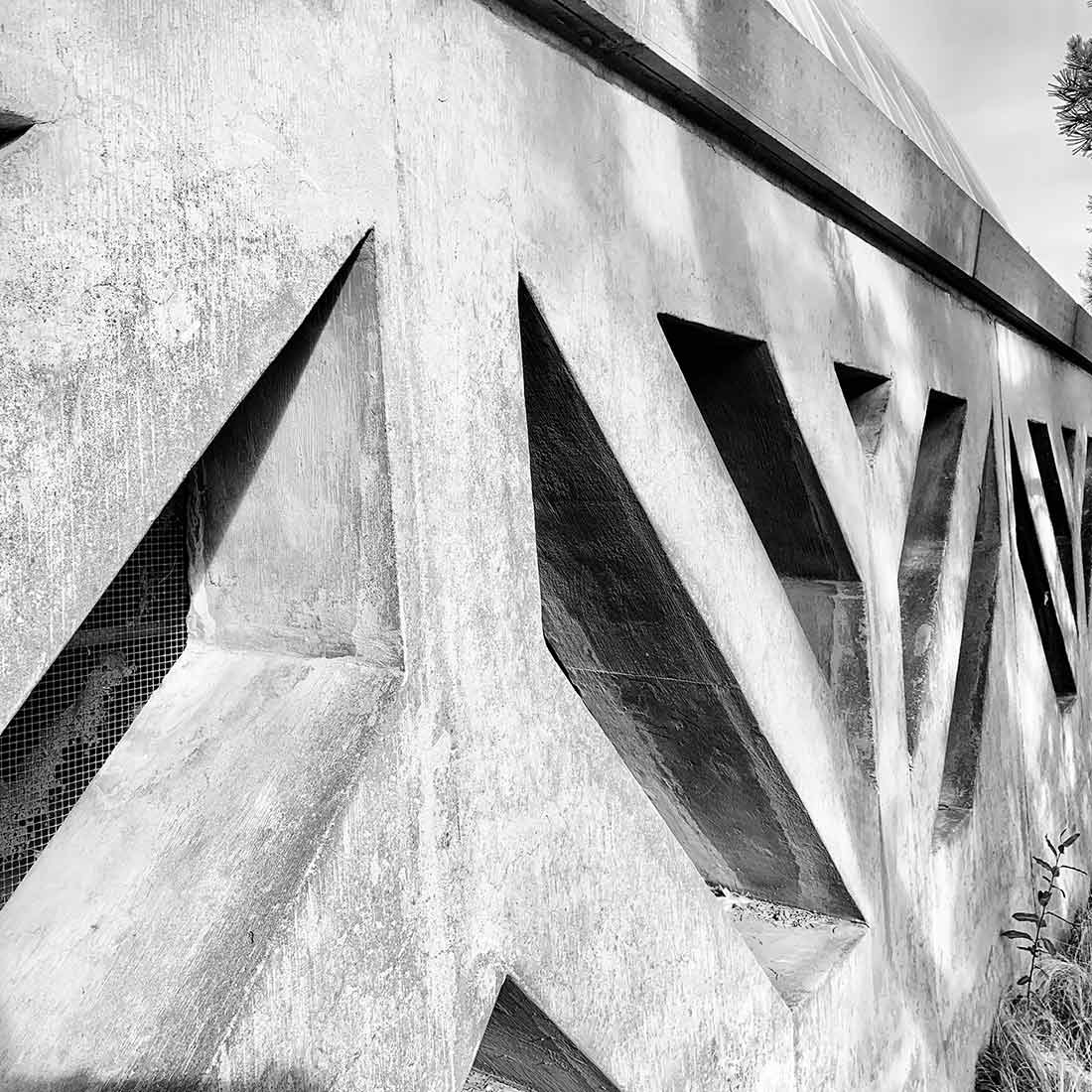
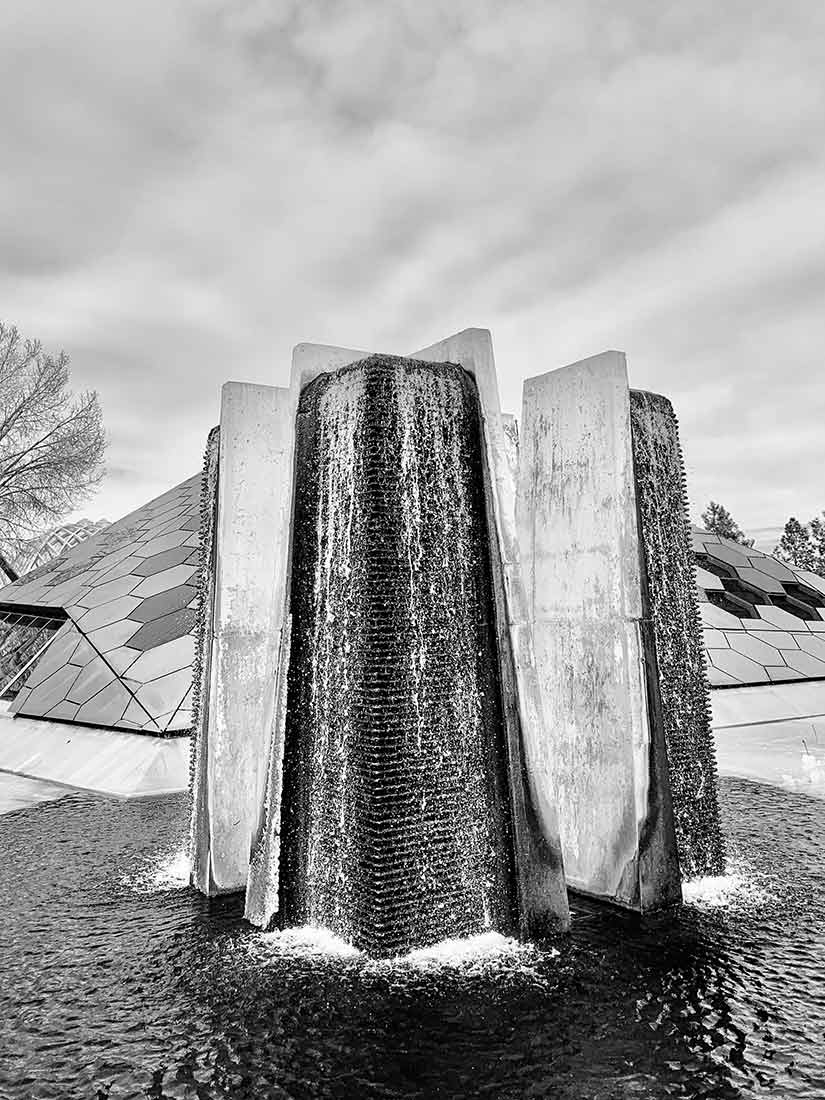
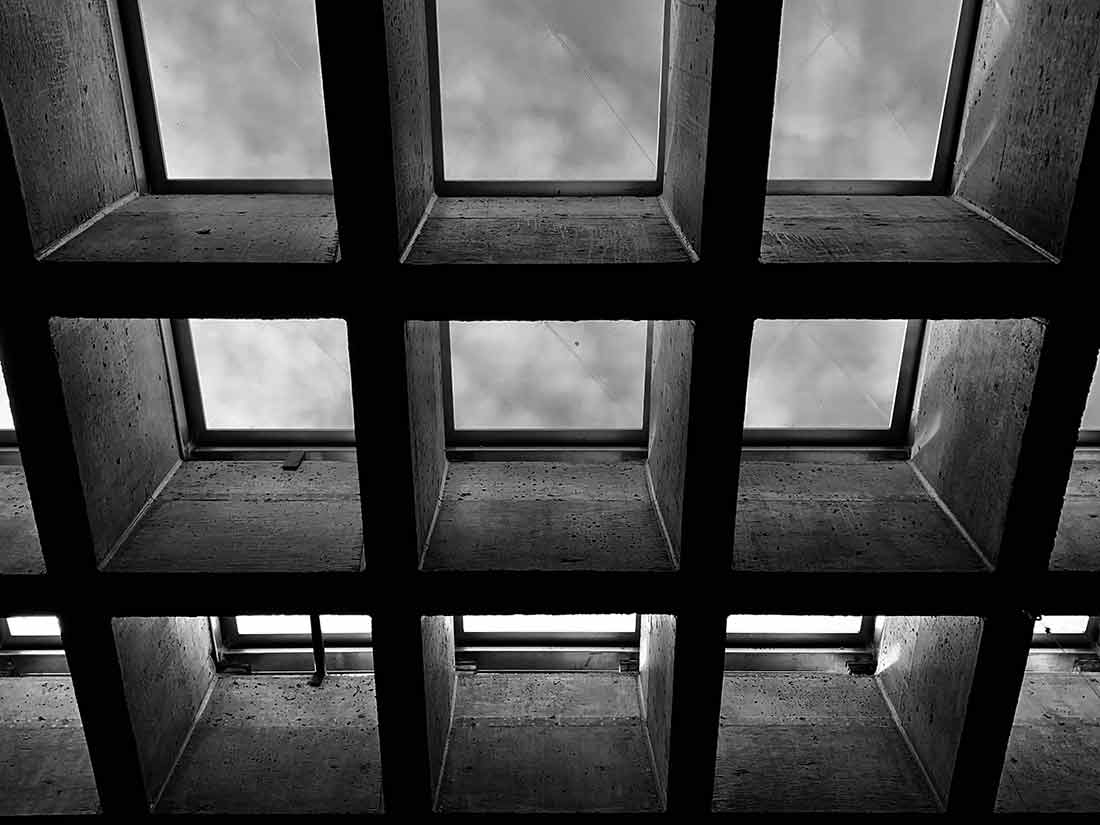

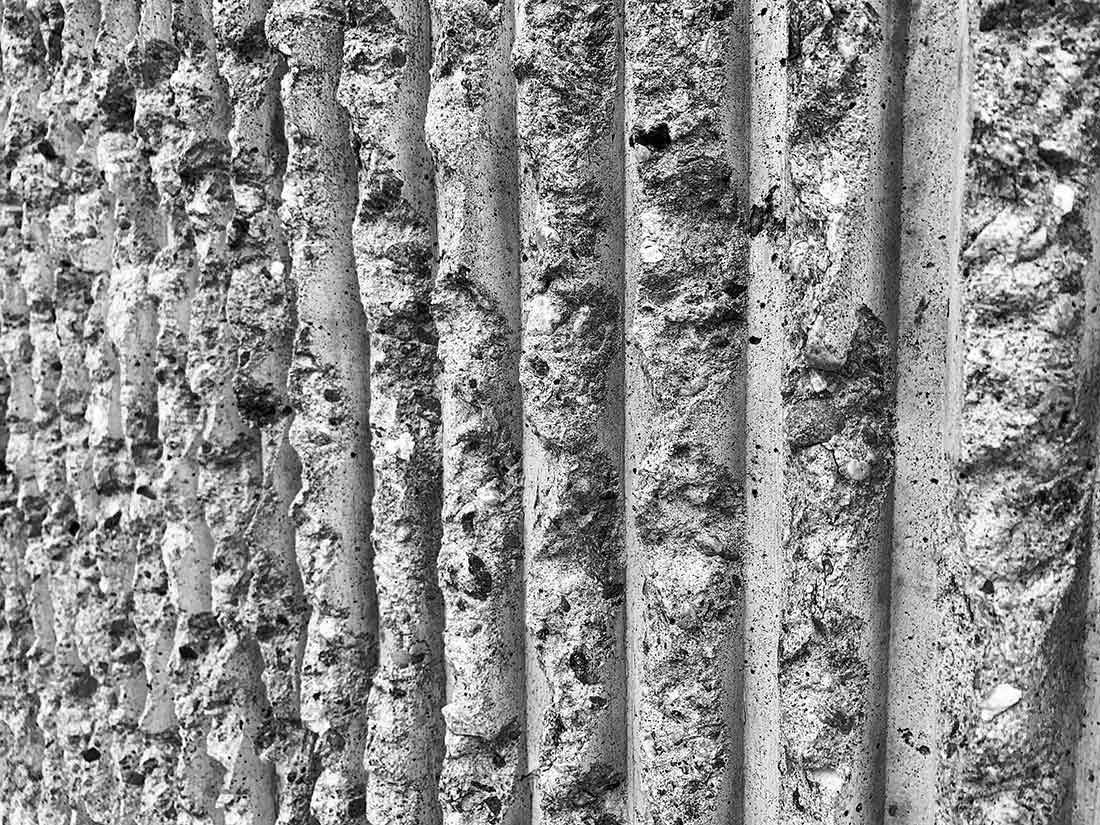
Add new comment